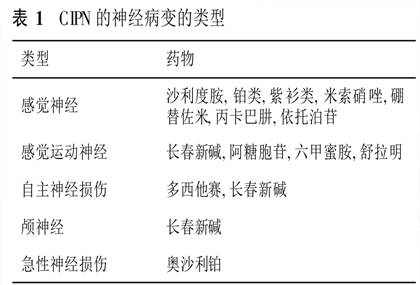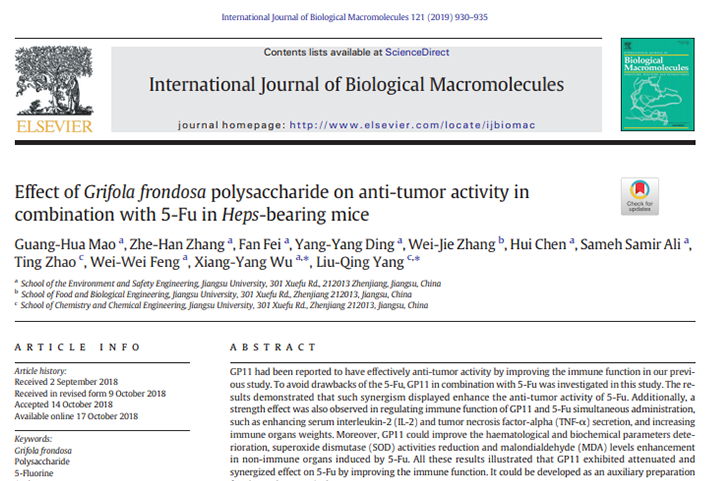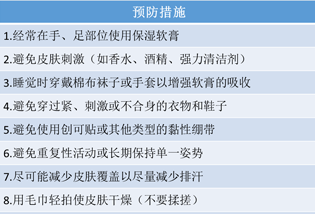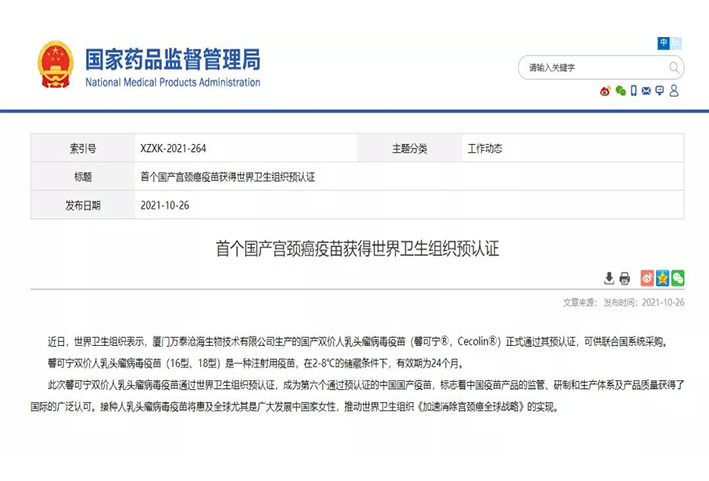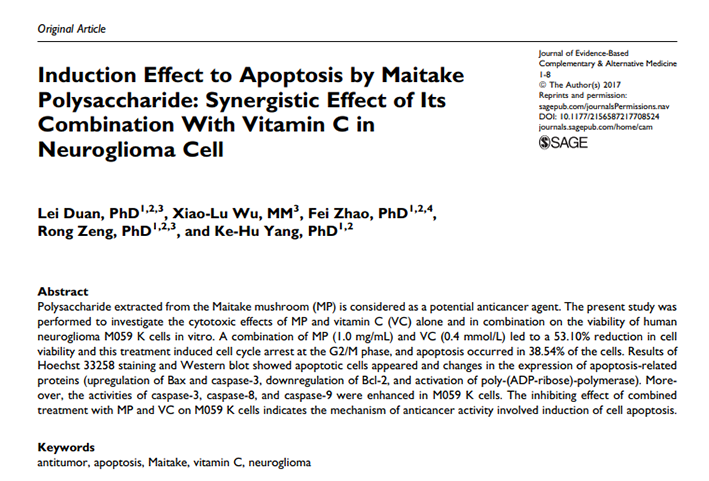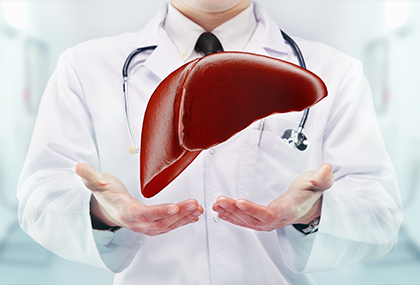Selenium, one of the 14 essential trace elements in the human body, is the latest to be discovered and least recognized, but has the greatest effect on health.
Its content in food depends on the selenium content of soil in different regions. As long as the soil is rich in selenium, the food grown from it must have selenium. On the contrary, in areas lacking selenium, the content of selenium in food will also be very low, leading to the occurrence of diseases.
China is a large selenium deficient country. Nearly 1billion people in 72% of China are selenium deficient, and their health is seriously threatened.
It has been 200 years since the first discovery of selenium in 1817. After years of exploration, people's understanding of selenium has risen to a new level. The effects of selenium on human body mainly include regulating immunity, preventing cancer and cancer, delaying aging, scavenging free radicals, detoxifying and other functions.
In the past 200 years, what major events have happened to selenium in different periods? The editor specially arranged the brief history for your reference.
Brief history of selenium
1817
In 1817, the Swedish chemist bezelius discovered a trace element from the red waste mud in the lead chamber of the sulfuric acid plant. It was named selenium according to the word "moon goddess" in Greek mythology, and later translated into selenium in Chinese. Subsequently, selenium has been widely studied.

1915
Scientists Walker and Klein suggest using selenium for cancer chemotherapy.
1935
Keshan disease was found in Keshan County, Heilongjiang Province in 1935. It is an endemic cardiomyopathy. The incidence of this disease is very high in Northeast China. Under the instructions of the government at that time, Chinese Nutrition and trace element research experts have studied Keshan disease for many years and found that selenium deficiency is the main cause of Keshan disease. They supplemented selenium in more than 10 provinces and 310 disease areas to control Keshan disease prevalent in selenium deficient areas. This study fully confirmed the relationship between selenium and Keshan disease for the first time, and also established the important position of China's scientific community in the field of selenium research in the world.
1949
Scientists Clayton and Baumann reported for the first time that adding a certain amount of selenium to feed can prevent dimethylaminobenzene from causing colon cancer in rats, which provides a basis for the relationship between selenium and cancer.
1957
In 1957, the scientist Schwarz found that selenium had a significant protective effect on the liver in the study of nutrition and liver in Germany after World War II. This is the first time that human beings have found that selenium is an important protective factor of nutritional liver necrosis, which has opened the prelude to the study of selenium and health. Therefore, Professor Schwartz was recorded in history and immortal. In order to commemorate Schwartz, the international community has set up a special scientific award - "Schwartz" award to reward scientists who have made outstanding contributions in the field of selenium research.

1966
In 1966, the first International Symposium on "research and progress of selenium in biology and medicine" was held in the United States. This is also the first international symposium held with a single element as the topic.
1969
From 1969 to 1971, after a series of epidemiological, experimental and clinical studies, shamberger et al. Pointed out that the incidence rate of cancer was high in low selenium areas and people with low blood selenium, especially in digestive tract and breast cancer. This is the first study on the relationship between selenium and cancer.
1972
In 1972, Dr. John Rock and others proposed at the 56th FASEB annual meeting that selenium is an important component of glutathione peroxidase molecule (each molecule contains four selenium atoms). This enzyme is closely related to immunity, aging, antioxidation and anticancer. Therefore, it was established that selenium is an essential trace element for human body in terms of molecular mechanism, and the full text was published in the journal Science in 1973.
The research results of Dr. John Rock and others have made people further understand the importance of selenium in the human body, and led to the research on related selenium containing enzymes. In the following years, more than a dozen selenium containing enzymes that play an important role in the human body have been found, including thioredoxin reductase, thyrosine iodide deiodinase (5'id), selenoprotein P, selenoprotein W, selenophosphate synthase.
1973
In 1973, the World Health Organization (who) confirmed that selenium is an essential trace element in human and animal life.
1978
In 1978, forstrom and Tappel in the United States identified that the active center of glutathione peroxidase is selenium cysteine (SeCys). Because of its important role in human body, selenium cysteine is called the 21st amino acid.
1982
In 1982, in Chinese Journal of nutrition, the environment and endemic diseases group of the Institute of geography, Chinese Academy of Sciences reported for the first time that 72% of China's regions are selenium deficient or low selenium areas, and 2/3 of the population has insufficient selenium intake to varying degrees.
1986
From 1986 to 1994, Chinese medical expert Yu Shuyu and others found in the field epidemiological investigation of high incidence of liver cancer for several years that the selenium content in the blood of residents in the high incidence area of liver cancer was lower than that in the low incidence area of liver cancer, and the incidence of liver cancer was negatively correlated with the selenium level. Selenium supplementation in the feed reduced the infection rate of hepatitis B virus and precancerous lesions of liver cancer in ducks by 77%; The experiment of selenium supplementation to prevent liver cancer among 130000 residents in Qidong County, Jiangsu Province, confirmed that selenium supplementation could reduce the incidence of hepatitis by 35%; Reduce the incidence rate of patients with a family history of liver cancer by 50%; In addition, it was also observed that selenium supplementation can enhance human immunity and resist the transmission of viral hepatitis in people.
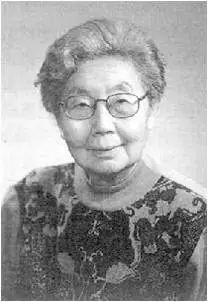
1987
Frost published a paper in 1987, explaining the continuous decline of selenium in the human food chain and explaining the main reasons for the decline of selenium in the food chain:
(1) Due to industrial pollution, acid rain and other reasons, a large number of sulfur dioxide will react with selenium compounds to form selenium, which is not conducive to the absorption of plants, so that selenium in the food chain continues to decline.
(2) Some modern planting methods have led to the continuous decline of selenium in the food chain, resulting in selenium deficiency in the human body.
1983
From 1983 to 1996, Professor Clark of the "Arizona cancer center" of the University of Arizona in the United States conducted a 13-year double-blind intervention trial of selenium supplementation. The subjects were 1312 patients, of whom 653 took selenium every day. The results showed that 200 micrograms of selenium per day reduced the incidence and mortality of total cancer by 37% and 50% respectively. Selenium was very effective in the prevention and treatment of prostate cancer, lung cancer and rectal cancer, with the incidence reduced by 63%, 46% and 58%. This pioneering study is known as the "selenium cancer prevention milestone" study.
1994
From 1994 to 1997, Taylor and others summarized the theory of "viral selenoprotein" based on a large number of basic and clinical research results. Its main content is: some patients with diseases caused by viruses (AIDS virus, cold virus, Ebola virus, hepatitis virus) have selenium deficiency in their bodies. Selenium supplementation is conducive to inhibiting the replication of the virus, and its reason is not only to protect the body by improving its immunity, More importantly, selenium can act directly on viruses. This theory also explains the mechanism of selenium in preventing and treating hepatitis, Keshan disease (kesaki virus disease) and oral ulcer (mostly caused by viral infection).
1996
In 1996, following Clark's pioneering experiment on selenium, countries are currently conducting two large-scale population trials to further verify the relationship between selenium and cancer.
Precision test: the purpose of precision test is to verify whether the results of NPC (Clark 1312 person test) test can be repeated, and to test the hypothesis that selenium supplementation can reduce the total cancer incidence rate and local cancer incidence rate in the general population. Therefore, it is a randomized double-blind placebo-controlled cancer prevention trial with a total of 40000 subjects from the United States, Britain, Denmark, Sweden and Finland. This experiment is also called "selenium will change the world".
Select test: more than 32000 people will participate in this test, mainly to verify whether selenium (selenium) and vitamin E can prevent the high incidence of human prostate cancer.
2003
In the global outbreak of SARS in 2003, Professor Taylor of the University of Georgia in the United States and Dr. Zhang Jinsong, a master of Chinese science and technology, found that the whole blood selenium of SARS patients increased significantly, and selenium was closely related to SARS virus.
2005
In 2005, selenium has anti-cancer and anticancer effects in China, which has been written into chemistry textbooks (96 pages of Volume II of grade 9) and medical textbooks of colleges and universities (262 pages of trace elements and health), "selenium can inhibit the growth of cancer cells and their DNA, RNA and protein synthesis, inhibit the transcription of oncogenes, and interfere with the metabolism of carcinogens".
2017
2017 marks the 200th anniversary of the discovery of selenium. In order to promote the public's scientific understanding of selenium, strengthen full exchanges between all walks of life, and promote selenium research to serve industrial development and public health, the Swedish government will hold the "11th International Symposium on selenium, biology and medicine" and the "5th International Conference on selenium, environment and human health" to celebrate the 200th anniversary of selenium discovery in Stockholm, where selenium was discovered.



